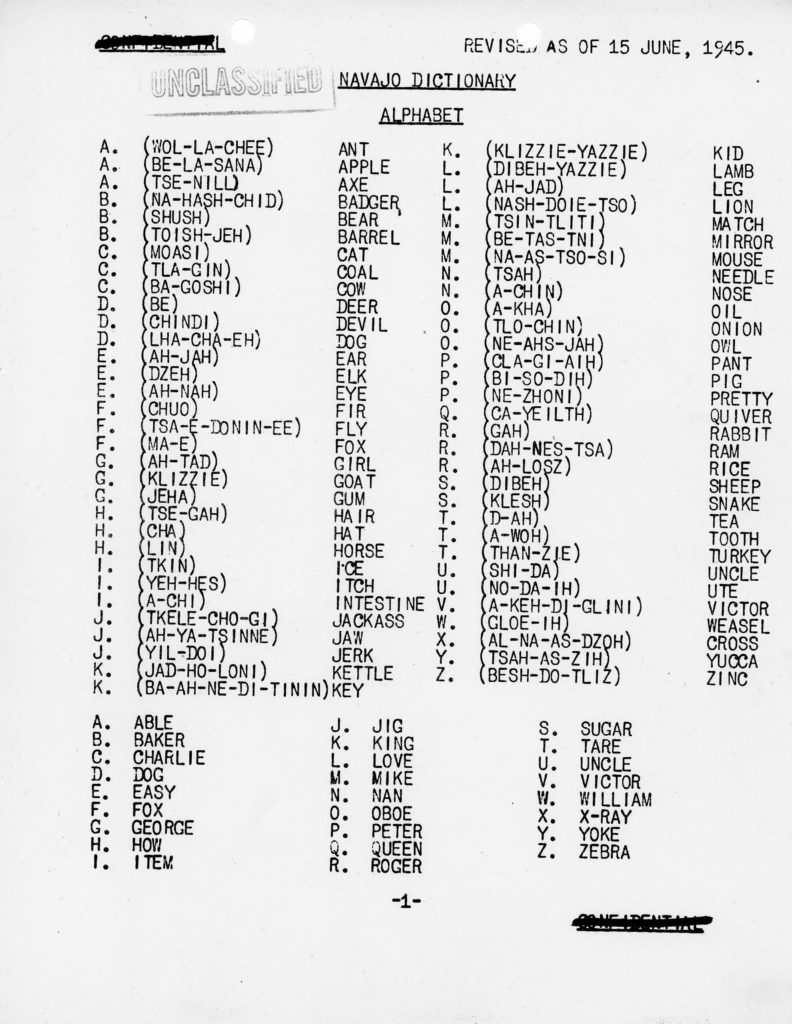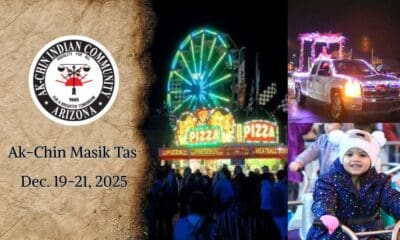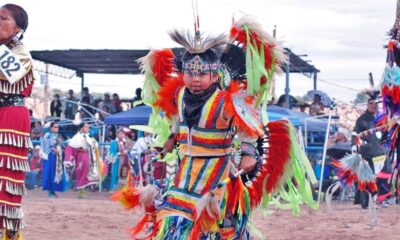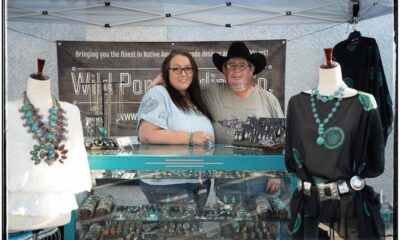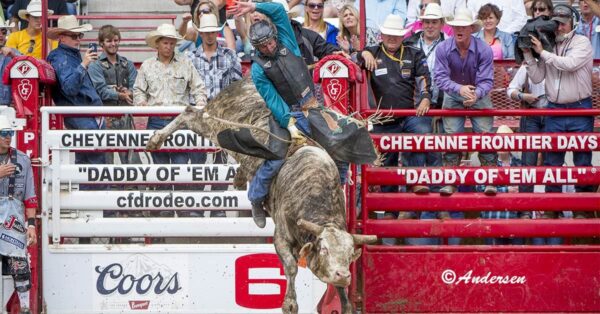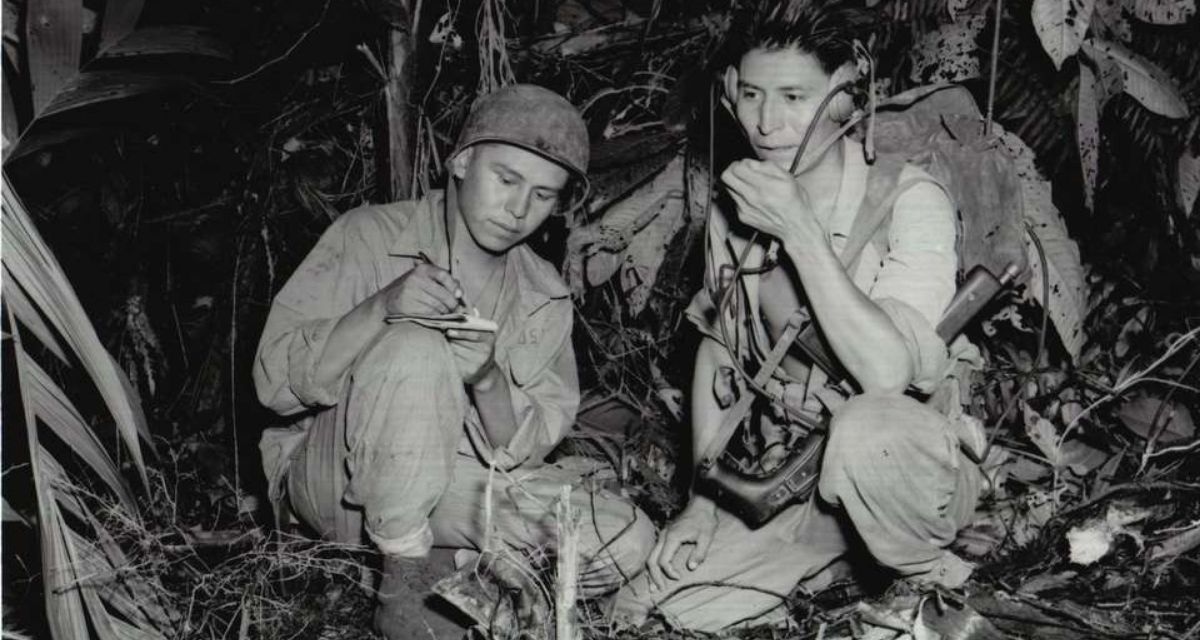
History of the Great Navajo Code Talkers
As generations keeping growing farther and farther away from history, it’s more important than ever to recognize how we got to where we are today. And truthfully, our country would not be what it is today without the valiant efforts of the Navajo Code Talkers. Some of you reading this might be familiar with the term, but if you aren’t here is a quick snapshot before we dive in. A “code talker” is a name that was given to American Indians who used their tribal language to send encrypted messages on the battlefield but their importance stretches far beyond this simple terminology.
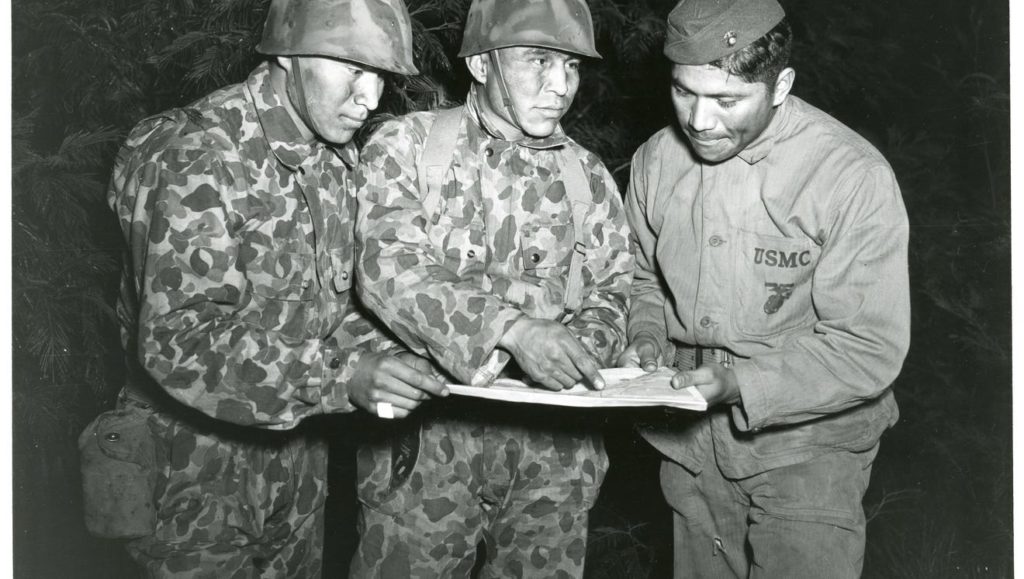
The Beginning
In addition to the Navajo (Diné) code talkers, there were at least fourteen other Native nations, including the Cherokee and Comanche, that served as code talkers as well in both the Pacific and Europe during World War II. The idea of code talking came from Philip Johnston, a civil engineer from Los Angeles who was raised on the Navajo Reservation. Originally born in Kansas, Johnston was raised speaking Navajo. Philip originally served in France during World War I but by the time World War II hit, Johnston was too old to fight but wanted to continue serving his country. The idea came to him when he was reading about military security and he realized that the military could theoretically create a secret code based on the Navajo language. The concept came to life in February 1942 when Johnston visited U.S. Marine Corps Camp Elliott and had a meeting with Signal Corp Communications Officer Lieutenant Colonel James E. Jones, who was unsure of the idea but eventually allowed Philip to test his idea.
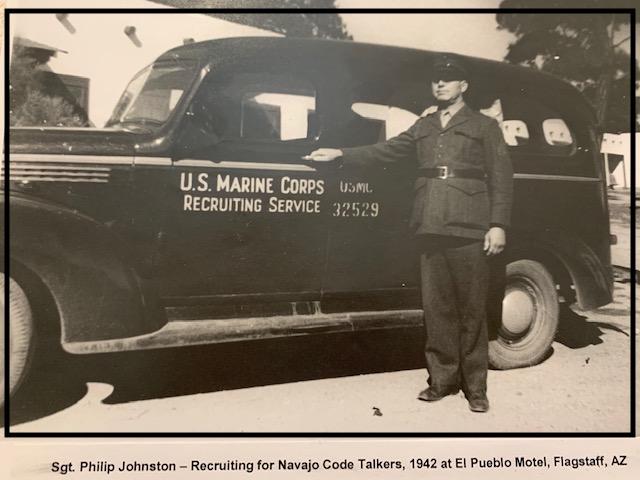
With the green light for his project, Johnston then recruited four bilingual Navajos for his initial test. They traveled back to Camp Elliott for a demonstration in front of Marine staff officers. This is how the test was set up: two Navajos were given a standard military order, then placed in a room in which they had to transmit the message in Navajo to their companions who were several rooms away. Once the order was received, it was translated back into English, which was shockingly accurate, pleasantly surprising the onlooking Marine observers.
It was the same year that the very first class of 29 Navajo code talker US Marine recruits completed their basic training. Their preparation didn’t stop on at basic training. For the next three months, these 29 men would write the initial code, test it, then re-write it accordingly to make sure it would work in the field. There were several terms that they actually had to create terms for like “submarine” ended up being “besh-lo” in Navajo, which means “Iron Fish”. The system they created enabled the Code Talkers to translate three lines of English in 20 seconds, compared to the 30 minutes which was common with existing code-breaking machines back in the day. Once the code had been developed and passed all the tests, the Marine Corps established a Code Talking school. As the war pressed on, there ended up being more than 400 Navajos recruited as Code Talkers.
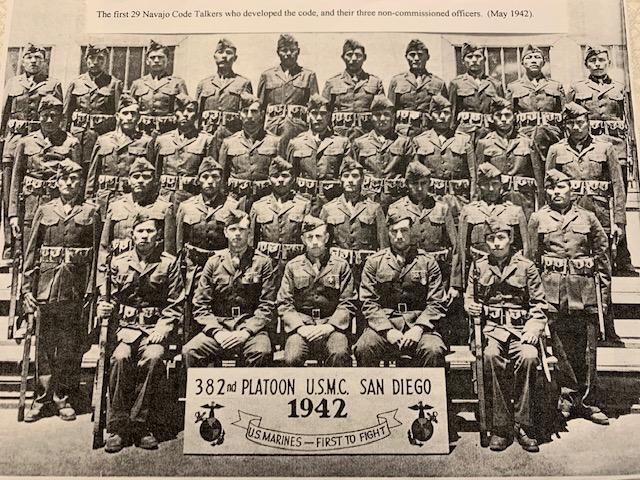
In the Midst of War
During the war, secure communications were crucial, which is one of the largest reasons that the Code Talkers were desperately needed. The U.S. armed forces had an extremely hard time securing messages that weren’t being intercepted. They were being intercepted by none other than Japanese cryptographers, who were educated in the US and fluent in English, which made them very good at breaking codes. It was fairly common knowledge that the enemy knew about American battle plans way in advance.
For those of you wondering what the expectations were of the Code Talkers, they did so much more than just speak into a hand-held radio or phone. They not only operated and carried both wire and radio equipment, but they also had to know how to set up and maintain the electronic communication wires. Their message ranges varied in distance, sometimes they broadcasted over a wide area and other times, it may have just been within a single platoon. In combat, the Navajo brought many skills to the table including but not limited to stamina, warrior mentality, ingenuity, scouting, and tracking.
Code talkers served with all six Marine divisions in the Pacific and with Marine Raider and parachute units, earning lavish praise for their performance in the Solomons and the Marianas and on Peleliu and Iwo Jima. The Code Talkers participated in every major Marine operation in the Pacific theater, giving the Marines a critical advantage throughout the war. During the nearly month-long battle for Iwo Jima, for example, six Navajo Code Talker Marines successfully transmitted more than 800 messages without error. Marine leadership noted after the battle that the Code Talkers were critical to the victory at Iwo Jima. At the end of the war, the Navajo Code remained unbroken.
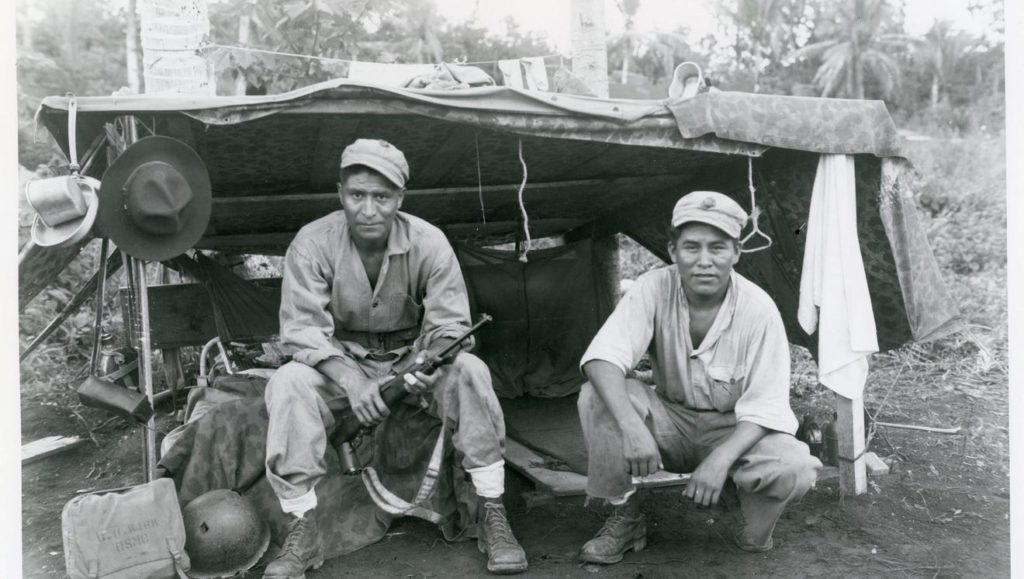
Types of Code
One of the reasons why the code talkers were so successful was because their language is generally incomprehensible and has been compared many sounds that don’t sounds like a language in of themselves. When the code was first started being transcribed, there was no existing Navajo alphabet nor was it available in any written form.
When the Navajos were tasked with creating code words that had to be short, easy to learn and be recalled, the men developed a two-part code. The first one was a 26-letter phonetic alphabet that used names for 18 animals or birds, plus the words “ice” (the letter I), “nut” (N), “quiver” (Q), “Ute” (U), “victor” (V), “cross” (X), “yucca” (Y), and “zinc” (Z). The second part was a 211-word English vocabulary with Navajo synonyms.
Type 1 Code
The original twenty-nine Navajo Code Talkers first came up with the first type of code eventually called, Type 1 code. It consisted of 26 Navajo terms that stood for individual English letters that could be used to spell out a word. Since they had to memorize all the words, they used things that were familiar to them, such as kinds of animals. Then, they translated those words into Navajo. For instance, the Navajo word for “ant,” wo-la-chee, was used to represent the letter “a” in English.
Type 2 Code
Type 2 code contained words that could be directly translated from English into Navajo, and the code talkers also developed a dictionary of 211 terms (later expanded to 411) for military words and names that didn’t originally exist in the Navajo language. For example, since there was no existing Navajo word for “submarine,” the code talkers agreed to use the term besh-lo, which translates to “iron fish. Many American Indian Code Talkers in World War II used their everyday tribal languages to convey messages. A message such as “send more ammunition to the front” was just translated into the Native language and sent over the radio. These became known as Type Two Codes.

Coming Home
Most code talkers were able to come home to family reunions, purification rites, traditional dances, and curing ceremonies, those things coupled with prayers of thanks for a safe return. Just as with any other wartime soldier, some former code-talkers did display evidence of psychological problems or combat fatigue, but life on the reservation was difficult for some following their return.
In June 1969, the Fourth Marine Division honored its Navajo members at the unit’s annual reunion which presented 20 code-talkers with medallions honoring each man’s wartime efforts. We have also seen the Navajo Nation choose several of these men to serve as chairman and vice-chairman, in the tribe’s top executive positions and others have served on the Tribal Council. The Navajo Code Talkers’ Association meets regularly at Window Rock, Arizona, the Navajo Nation capital.

Many people don’t know this but for more than 20 years, the code talkers couldn’t speak about or receive recognition for their contributions during WWII due to it being highly classified information. It wasn’t until 1968 the the the program was declassified. Recognition for these men was a long time coming, finally, in December of 1971, President Nixon presented the code talkers with a certificate of appreciation for the “patriotism, resourcefulness, and courage” they presented and efforts in regards to battlefield communication, saving thousands of American lives and perplexing the enemy to the very end. In 1982, August 14 was declared by President Reagan as “Navajo Code Talkers’ Day”. In 2000, the original 29 code talkers were awarded the Congressional Gold Medals; in 2007, all surviving code talkers from all tribes were awarded the Congressional Gold Medal.
Last Updated on 03/12/2025 by Danny O’Donnell
CLN Community Sponsor
